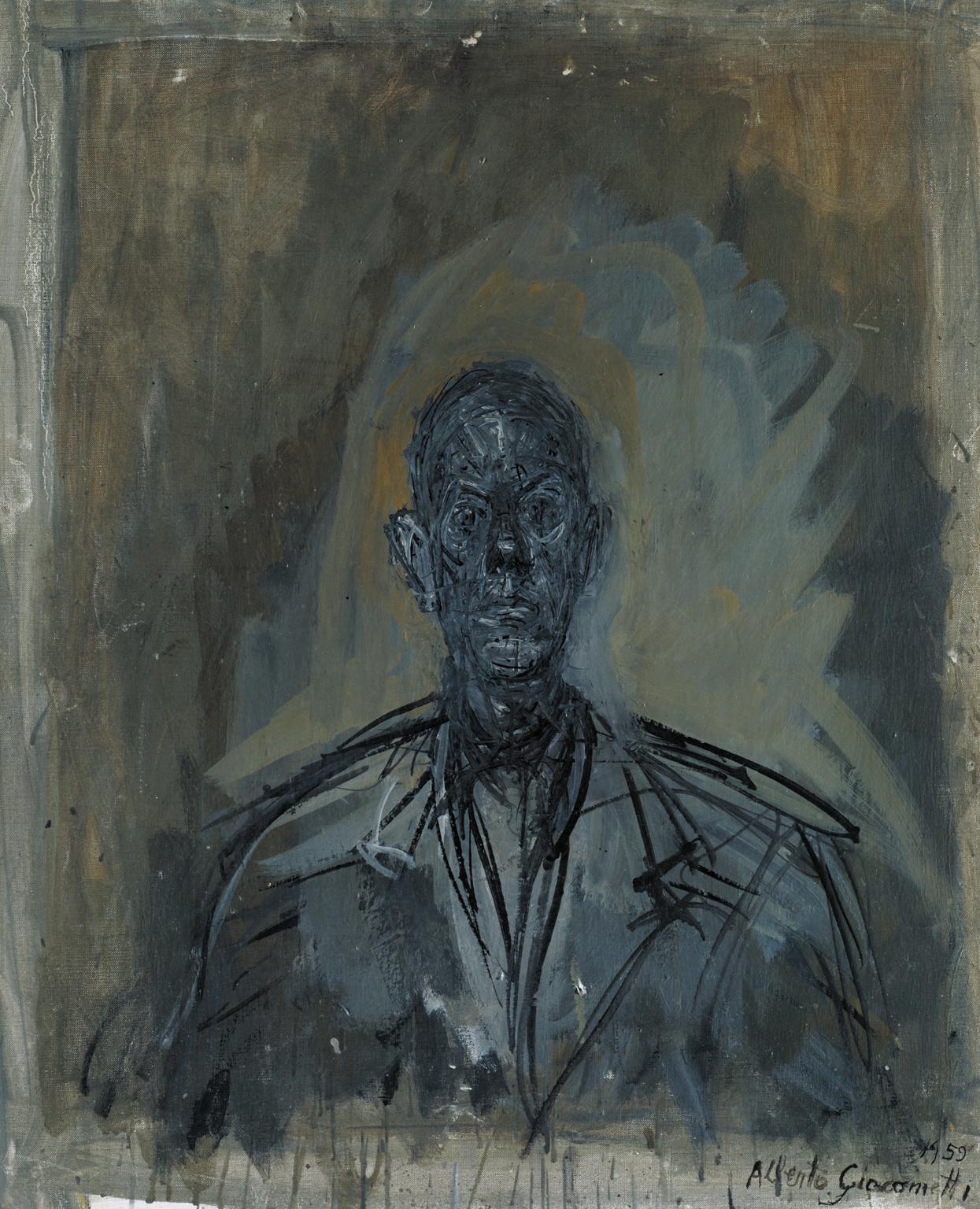A Review of ANTHEM: The Graphic Novel
by Joel D. Hirst (June 2019)

Diego, Alberto Giacometti, 1959
I’ve recently spent a good deal of time in old Europe, which is also new Europe and the Europe of tomorrow. Post-soviet republics that still struggle with meaning long after their political project came to an end—that read books with their eyes wide open and delve deeply into Solzhenitsyn and Rand now available in Russian and sold by street-book vendors long after the censors have faded into oblivion. By project, I mean the ancient ideas of “master and slave,” of course. Novels, but why novels? In Albert Camus’ book The Rebel he says: “Every act of creation, by its mere existence, denies the world of master and slave. The appalling society of tyrants and slaves in which we survive will find its death and transfiguration only on the level of creation.”
Read more in New English Review:
• Much More than a Trade War in China
• Virtue Gone Mad
• Populism and Populists
satisfactorily accomplish that. Even dystopian art, which is the ultimate reflection of that failure. That is what Ayn Rand’s Anthem is about—how an individual can choose to struggle rather than submit to a place without want—a brotherhood of harmony and beauty and boredom without a soul, without struggle and sorrow and passion and failure. Without humanity.
Recently, The Atlas Society’s Jennifer Grossman teamed up with illustrator Dan Parsons to release a new graphic novel version of Anthem. Ayn Rand’s classic 1938 novella works perfectly in the graphic novel genre. What most people do not realize, those who criticize Rand out of ignorance, is that Rand’s genre of romantic realism, through all of her books (Atlas Shrugged, The Fountainhead, and, yes, Anthem) is a version of Soviet socialist realism turned on its head. Emerging from her past and her hatred of that political project, she took the vehicle by which the Stalinists advanced their idea through art in their endless bloody search for the “new man” and showed—using the same tools and techniques—that the real new man was only to be found inside oneself.
ANTHEM: The Graphic Novel brings this original intent back. Dan Parsons’ use of almost Soviet socialist realism illustrates the novel with artwork we could easily imagine on the walls of a great Stalinist building in Minsk, with one overriding difference: instead of a celebration of the collective, it is a memorial to that great and eternal “I.” It is the word “I” that Prometheus, the former Equality 7-2521, rediscovers at the novel’s climax, and which he connects with the concept of ego. It is in that discovery that he is able to identify and define the misery under which he previously lived, albeit so comfortably. He realizes his rebellion against collectivism was not the act of a wicked man but of a just one, and he weeps tears of joy and absolution, saying:
«Previous Article Table of Contents Next Article»
__________________________________
Follow NER on Twitter @NERIconoclast